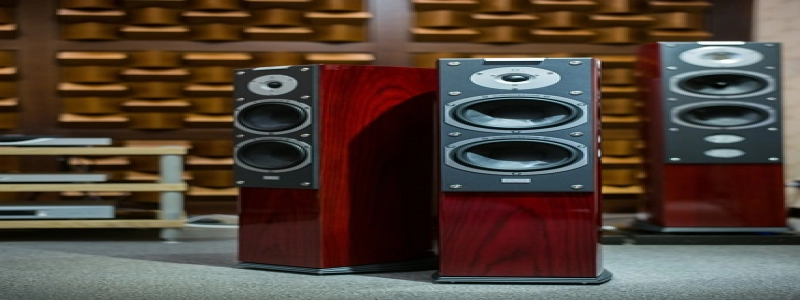Base Transceiver Station
Sissejuhatus:
The base transceiver station (BTS) is a crucial component of a cellular network infrastructure. It serves as a communication hub that enables the transmission and reception of signals between mobile devices and the core network. This article will provide a detailed explanation of the BTS and its importance in modern telecommunications.
I. Määratlus ja eesmärk:
The BTS can be defined as a set of equipment that facilitates wireless communication between mobile devices and the mobile network. Its primary purpose is to provide a radio interface for the transmission and reception of voice and data signals. It acts as a relay station, ensuring that mobile devices within its coverage area can connect to the core network seamlessly.
II. Components of a BTS:
A typical BTS consists of several key components, including:
1. Transiiverid: These are responsible for transmitting and receiving signals over the air interface. They operate on specific frequency bands allocated to the cellular network.
2. Antennas: The antennas are used to transmit and receive radio signals. They are usually mounted on towers or rooftops to maximize coverage.
3. Baseband Unit (BBU): The BBU handles the digital processing of signals. It performs tasks such as modulation, demodulation, encoding, and decoding.
4. Power Supply: A stable and reliable power supply is crucial for the proper functioning of the BTS. Backup power systems, such as generators or batteries, are often installed to ensure uninterrupted operation in case of power outages.
III. Functionality of a BTS:
The BTS is responsible for several essential functions within a cellular network:
1. Signaali edastamine: It receives signals from mobile devices and transmits them to the core network, ensuring that voice calls and data are successfully transmitted.
2. Signal Reception: The BTS receives signals from the core network and relays them to mobile devices within its coverage area.
3. Call Control: It manages call setup and teardown, as well as handovers between different BTSs, to maintain the continuity of calls during mobility.
4. Signal Encryption: The BTS encrypts voice and data signals to ensure the privacy and security of communication.
IV. Importance of a BTS:
The BTS plays a critical role in ensuring the efficient functioning of a cellular network. Some key reasons for its importance include:
1. Coverage: A properly deployed BTS ensures wireless coverage over a specific geographical area, allowing mobile devices to connect to the network.
2. Capacity: By efficiently managing the allocation of radio resources, the BTS enables multiple simultaneous connections within its coverage area, thereby increasing network capacity.
3. Teenuse kvaliteet: The BTS is essential for maintaining a high-quality connection for voice calls and data transfers. It optimizes signal strength, minimizes interference, and handles handovers smoothly.
4. Network Expansion: As the demand for cellular services grows, network operators need to expand their coverage. Deploying additional BTSs enables network expansion and enhanced service availability.
Järeldus:
The base transceiver station is a fundamental component of a cellular network, providing the crucial link between mobile devices and the core network. Its role in transmitting and receiving signals, managing calls, and ensuring network coverage and capacity makes it an indispensable element in modern telecommunications. The continuous advancement of BTS technology contributes to the growth and evolution of cellular networks, enabling seamless communication for users worldwide.








